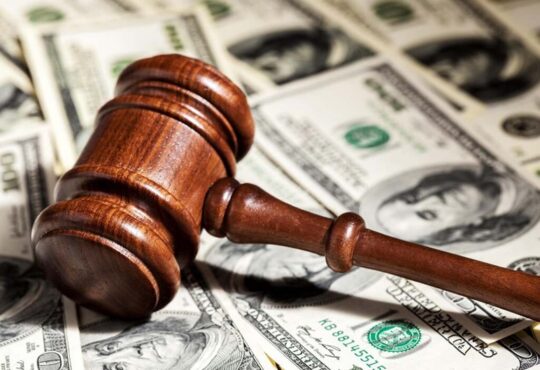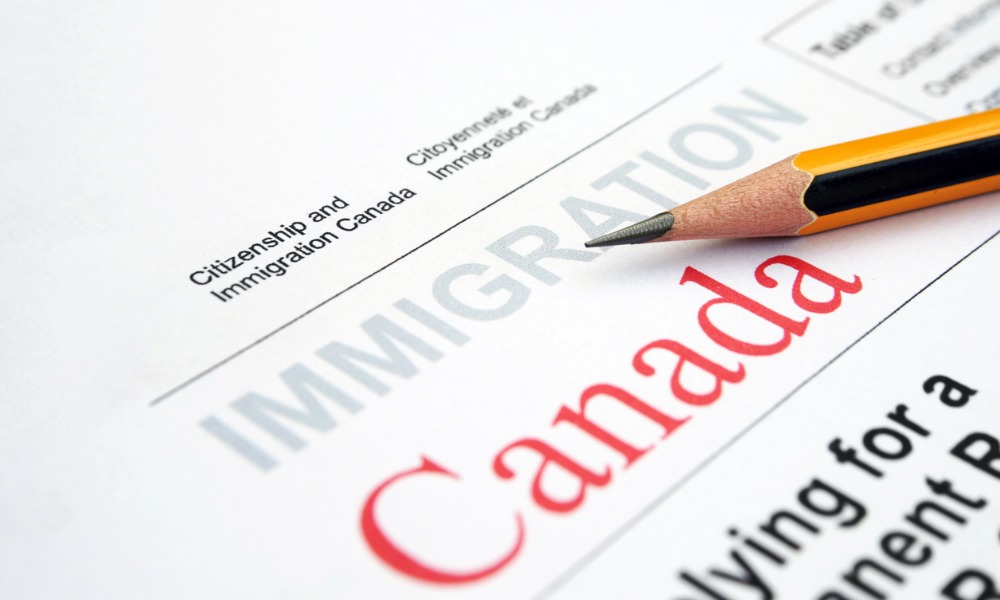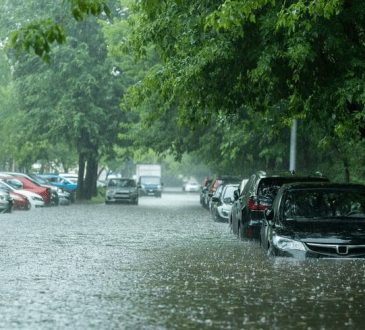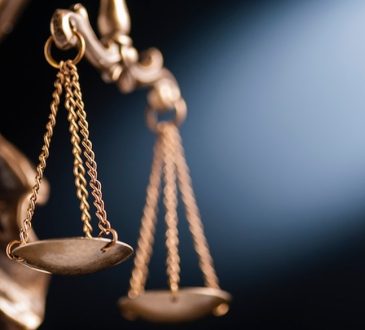
Cycling in the San Fernando Valley blends practicality with independence, but a single collision can upend that balance in seconds. If you’re recovering from a crash, you need clear steps for protecting your health, documenting losses, and pursuing compensation without guesswork. This guide breaks down how fault is determined, which records matter most, and what to expect from insurers and public agencies. It also covers new safety initiatives affecting riders in 2025, so you can understand how policy changes interact with your case. Whether you consult a local firm like HHT Law Firm or search for an Abogado Accidentes Bicicleta, the goal is the same: smart strategy that supports both medical recovery and financial stability.
How Increasing Bicycle Traffic Affects Accident Risks in 2025
Cycling is on the rise across the Valley, driven by new infrastructure, higher fuel costs, and the proliferation of e-bikes that flatten long commutes. More riders can mean better visibility and driver awareness, yet it also introduces speed differentials and dense mixing zones where conflicts occur. E-bikes, cargo bikes, and scooters share space with traditional bicycles, and each device accelerates, brakes, and maneuvers differently. At intersections, these differences become amplified, especially where protected lanes end abruptly or give way to shared lanes. If you’re navigating these conditions, understanding risk patterns helps you anticipate danger and communicate them effectively to insurers and, if necessary, an Abogado Accidentes Bicicleta.
Key risk multipliers in 2025
- Speed variance between e-bikes and traditional bikes in narrow lanes increases merging conflicts.
- Gaps in the bike network, such as missing links near freeway on-ramps, push riders into fast traffic without buffers.
- Freight and delivery vehicle growth adds frequent curbside stops, intensifying dooring and right-hook risks.
- Post-pandemic driving trends include higher average speeds and more distraction, particularly during off-peak hours.
- Seasonal glare and heat contribute to visibility issues and rider fatigue on wide Valley arterials.
As traffic volumes rise, collisions often cluster where design is inconsistent—transitions from protected lanes to shared lanes, or areas where bike lanes disappear near intersections. Data from city safety programs show that small network improvements, like daylighting intersections and upgrading paint to vertical protection, can reduce crashes but require consistent maintenance. In practice, you should approach “merge” sections with heightened caution, signal early, and make assertive lane positioning when necessary to avoid the door zone. If a crash occurs, noting the exact roadway configuration—bollards, buffers, parking placement, and signage—can bolster your claim by connecting the mechanism of injury to the environment. These on-the-ground details frequently matter as much as driver behavior when adjusters evaluate liability.
Common Causes of Bike Accidents in Urban Valley Neighborhoods
Urban pockets of the San Fernando Valley—North Hollywood, Van Nuys, Sherman Oaks, and Reseda—share collision patterns shaped by wide arterials, heavy curbside parking, and frequent driveways. Right hooks occur when a driver overtakes a cyclist and turns right across their path; left crosses happen when oncoming vehicles misjudge a rider’s speed at intersections. Dooring remains a persistent hazard on commercial corridors with high turnover and narrow door zones. Poor pavement, sunken utility cuts, and gravel also play a role, especially for riders using skinny tires or carrying loads. When building a claim, identifying the specific crash type helps show exactly how the driver’s duty of care was breached, a critical component if you’re working with an Abogado Accidentes Bicicleta.
Patterns at intersections and corridors
- Intersections with permissive left turns and no leading bicycle interval see more left-cross incidents.
- Streets with parking-protected lanes but inadequate daylighting near driveways produce frequent right hooks.
- Transit corridors with buses stopping in-lane create waves of merging that trap riders between vehicles and curbs.
- Multi-lane arterials with high speeds magnify minor miscalculations into severe injury events.
- Nighttime corridors with poor lighting reduce driver detection distance, especially against dark backdrops.
In addition to classic vehicle conflicts, environmental and human factors amplify risks. Distracted driving—glances at navigation, infotainment screens, or delivery apps—reduces situational awareness just as riders make critical maneuvers. Weather is rarely extreme in the Valley, but late-summer heat and winter glare impact reaction times and visibility. Construction detours can erase bike facilities overnight, forcing riders into travel lanes without advance notice. When documenting your crash, photographs of construction signage, lane closures, or blocked bike lanes can be as persuasive as witness statements in explaining why you had no safer alternative route, information that any Abogado Accidentes Bicicleta will prioritize in a demand package.
Proving Negligence in Vehicle and Door Collision Cases
In collisions involving turning vehicles or dooring, liability often hinges on clear legal standards. California Vehicle Code 22517 prohibits opening a vehicle door unless it is reasonably safe and can be done without interfering with traffic, which includes bicycles; violations can support negligence per se arguments. For turning movements, drivers owe a duty to yield when crossing bike lanes and must exercise due care when merging, signaling, and scanning mirrors. Strong claims connect these duties to evidence: where the vehicles were positioned, the timing of the turn, sight lines, lane markings, and the point of impact on your bike. Legal teams at firms like HHT Law Firm typically build this chain of proof early, before video footage or witnesses disappear.
Evidence preservation checklist
- Send spoliation letters to request retention of dashcam, rideshare, or delivery telematics data.
- Secure traffic camera or nearby business CCTV footage within days; many systems overwrite quickly.
- Download bike computer or GPS app data to show speed, heading, and precise time of impact.
- Photograph door hinge angle, handle position, and damage patterns to substantiate a sudden door opening.
- Obtain full police reports, including supplemental forms with diagram corrections or added witness names.
- Record roadway features: lane lines, parking placement, signage, and any obstructions that affected visibility.
Beyond collection, interpretation matters. A scuff on the right side of your front wheel might indicate a right hook, whereas a deep lateral bend at handlebar height could support a dooring mechanism. Witness statements that include distance estimates and light timing help reconstruct events, especially at complex intersections. If a commercial vehicle is involved, logbooks, dispatch records, and company safety policies may reveal broader negligence, such as unrealistic delivery schedules that incentivize risky maneuvers. Presenting a coherent narrative backed by layered evidence increases leverage during negotiations and, if needed, at trial—something a seasoned team such as HHT Law Firm will emphasize from day one.
Medical Documentation and Long-Term Injury Evaluation
Medical care is both a health priority and the backbone of your damages claim. Early evaluation establishes causation between the crash and your symptoms, which insurers often challenge if treatment is delayed. Emergency room notes, imaging, and referrals create a time-stamped record that supports your case, even if you feel “okay” immediately after impact. Many cycling injuries—concussions, soft-tissue trauma, and joint damage—can present subtly, then worsen over days or weeks. Comprehensive follow-up with specialists ensures the full scope of harm is documented and treated, rather than minimized by an adjuster combing through sparse records.
Records that strengthen your claim
- Diagnosis codes (ICD-10) and procedure codes (CPT) that tie treatment directly to the collision.
- Imaging reports and films for fractures, ligament tears, or herniations.
- Physical therapy notes showing functional limits, progress, and flare-ups.
- A pain and activity journal capturing sleep disruption, cognitive issues, and missed activities.
- Work verification documenting missed time, duty restrictions, or job modifications.
- Photographs of wounds, swelling, and healing progress, with dates for context.
Long-term evaluation is crucial for injuries with lingering effects—post-concussive syndrome, chronic neck or back pain, and nerve damage. If you reached maximum medical improvement (MMI) but still have limitations, a treating physician can outline future care in a narrative report or life-care plan. These projections cover injections, surgeries, durable medical equipment, and therapy, plus associated costs, which factor into settlement value. Scarring and road rash can carry both medical and non-economic damages, and a plastic surgeon’s opinion may be necessary to quantify future revision procedures. Careful coordination among providers prevents gaps in treatment that insurers use to argue your injuries resolved, even when they haven’t.
How Comparative Fault Impacts Compensation in California
California follows pure comparative negligence, meaning your compensation is reduced by your percentage of fault but not barred entirely. If a jury awards $200,000 and finds you 20% at fault, the net becomes $160,000; at 60% fault, you still recover $80,000. Insurers often push for higher cyclist fault allocations by raising issues like lane positioning, lighting, or alleged sudden movements. Knowing the relevant statutes and roadway design exceptions helps counter those narratives. For example, cyclists are not required to ride as far right as practicable when avoiding hazards, preparing for a turn, or when the lane is too narrow to share safely, and California’s three-foot passing law underscores drivers’ duties.
Practical ways to reduce assigned fault
- Document visibility: daytime-running lights, reflective gear, and bright clothing choices.
- Capture lane conditions: parked cars, debris, or narrow lanes justifying primary lane position.
- Prove compliance: working brakes, functioning lights at night, and adherence to signals.
- Show predictability: hand signals, steady line choice, and cautious speed near intersections.
- Highlight driver behavior: phone use, late merging, or failure to yield across bike lanes.
Comparative fault is often negotiated, not just adjudicated, which is why complete documentation matters. A well-supported explanation for your lane choice—such as avoiding an open door zone—can flip an adjuster’s initial assessment of blame. Expert opinions from human factors specialists or accident reconstructionists can further clarify visibility and reaction time, shifting percentages in your favor. If Spanish is your preferred language, an Abogado Accidentes Bicicleta can ensure nuanced arguments about roadway design and cyclist rights are communicated clearly, preventing misinterpretation that might inflate your share of fault. These efforts collectively move the needle on both liability allocations and the final settlement number.
Recent Bicycle Safety Initiatives in San Fernando Valley
Policy and infrastructure are evolving across Los Angeles, with direct implications for riders in the Valley. The city’s Vision Zero program continues targeting its High Injury Network, and several corridors in the Valley have seen upgrades like protected intersections, daylighted corners, and improved signal timing. Reseda Boulevard’s protected lanes, for example, show how vertical separation changes driver behavior, while proposals for safer segments on Ventura Boulevard reflect a broader shift toward traffic calming on retail corridors. The LA River Path extensions and ongoing gap closures aim to connect neighborhoods with stress-free routes, reducing exposure to high-speed arterials. Automated speed enforcement pilots authorized at the state level are slated to roll out in select Los Angeles areas, which could include Valley corridors where excessive speed drives severe injuries.
How injured riders can leverage public programs
- Report dangerous conditions to generate maintenance tickets; photos and 311 confirmations can support hazardous-road claims.
- Track corridor projects; if a temporary construction detour contributed to your crash, note signage and closure compliance.
- Seek community resources: free light and helmet distributions by advocacy groups and LADOT programs improve visibility and records.
- Understand government claim deadlines: for public-entity road defect cases, administrative claims may be due within six months.
- Attend local transportation meetings to access project documents that clarify design intent and typical use patterns.
These initiatives can influence both prevention and recovery. If you were injured at a location slated for improvements, project documents might reveal known conflicts, supporting arguments that foreseeable hazards contributed to the crash. Conversely, upgraded facilities may change how adjusters evaluate reasonableness—protected lanes often establish expected behaviors for both drivers and cyclists. Staying informed helps you plan safer routes and gives you language to describe the crash context effectively. Firms like HHT Law Firm track these developments to integrate policy shifts into case strategy, while an Abogado Accidentes Bicicleta can help Spanish-speaking riders navigate agency forms, deadlines, and records requests without losing critical time or detail.








